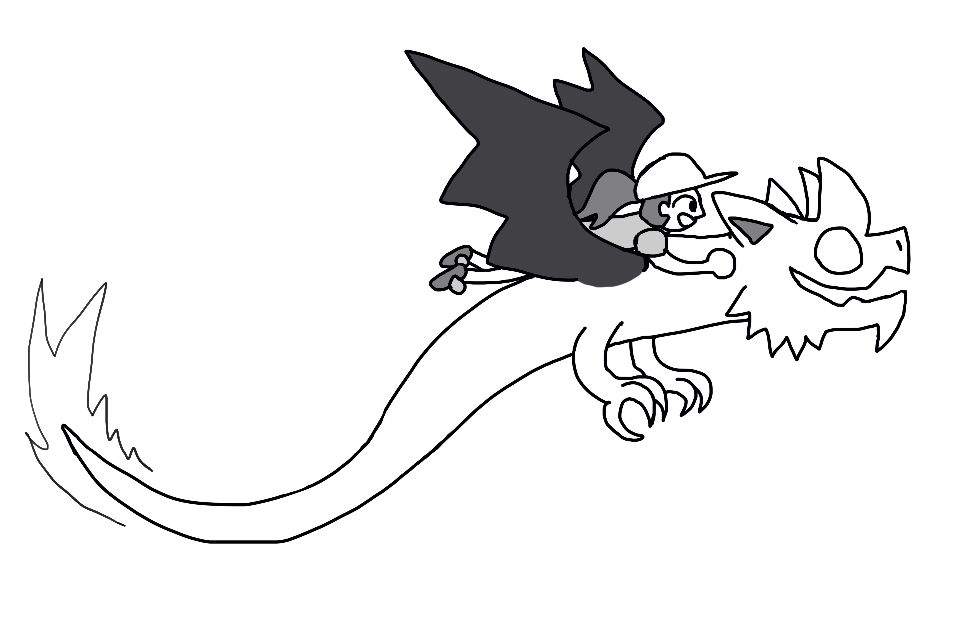HOME | DD
 Dwoll — Drake Flying
Dwoll — Drake Flying

#dreki #dragon #drake
Published: 2020-03-29 00:25:56 +0000 UTC; Views: 811; Favourites: 15; Downloads: 1
Redirect to original
Description
Drakes are the other dragon of Scandinavia and Germany. They are the result of cross-pollination between native lindworms and foreign dragons, literally and figuratively. Drake has a bunch of variants in other languages, including dreki in Old Norse, but they're all derived from the Latin "draco". Because of this, drakes inherited a bunch of traits not seen in lindworms such as their wings and fiery breath/tails (though not all drakes are firedrakes). Like their cousins drakes have a hoarding instinct. For them, it's turned up to the nth degree. They are highly territorial and will fly around on fire at night to signal their territory. This unintentionally leads to people seeing firedrakes in the sky at night and taking them as signs of treasure. This folktale is common in many places, including Denmark, Sweden, and England (among others). Most of the time they hide in barrows or hollowed out hills to store their gold.Drakes play a number of important roles in the sagas of old. There we can see drakes are often made when greedy people come into the possession of cursed gold, transforming them. The most famous example of this transformation being Fafnir. Transformed drakes retain their intelligence and will employ trickery and illusions to protect their precious hoards. When not the result of metamorphosis, drakes build nests for their brood in forests near high peaks. In Thidrek's Saga, a king is stolen by a drake and fed to it's bird-like offspring. Drakes that breath fire are called firedrakes, for obvious reasons. But, they can also have poisonous bites to defend themselves, and their thick tails are deceptively heavy. Because of medieval Europe's lust for Latin and the glory of the Roman Empire, drakes have rooted themselves deeply in many German and English-speaking regions of the world. Even the Norse weren't immune to it, as the dragon Nidhogg is said to rise out of the earth and take to the skies on enormous wings after Ragnarok. In a few regards they're very stereotypical dragons. Despite this, evidence of their roots is still visible in stories of transformed thieves and ghostly fire emanating from holes in the earth.
Just imagine I animated this, again. Back when I first started getting real into drawing, I somehow got myself stuck into a rut. I didn't want to allow myself to draw anything I thought too "conventional". You can see what I mean if you look back at the old D&D drawings from back in 2017. I think I convinced myself that if it looked too much like a traditional dragon that it'd be selling out, or something equally stupid. Luckily I grew out of that phase.
This drake looks cool in the air, but it's a bit clumsy on the ground. The talons and weight of the thing also make it unable to perch, so flying through open country air is pretty much the only way to do it. Even though it's kind of lame that you have to always ride Charizard in the air in Let's Go...
Speaking of drake, I like that as a name. The young lad/lass who's journeying the world to befriend all these monsters shall be named Drake.

























